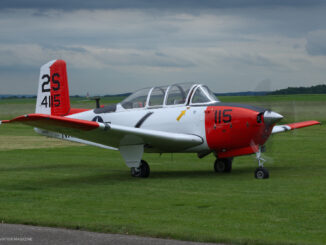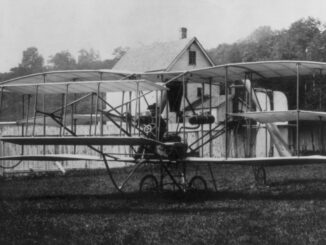 On 14th June 1919, John Alcock and Arthur Brown took-off from St. John´s airfield on Newfoundland in their attempt to cross the Atlantic Ocean.
On 14th June 1919, John Alcock and Arthur Brown took-off from St. John´s airfield on Newfoundland in their attempt to cross the Atlantic Ocean.
The two British aviators flew a modified Vickers Vimy F.B.27A Mk IV, twin-engine bomber designed during at the final stage of the Great War. Their attempt to cross the Atlantic Ocean was officially backed by Vickers and Rolls-Royce, the manufacturer of aircraft engines.
In the morning of 15th June, the Vimy successfully landed in County Galway in Ireland. Alcock and Brown became the first to successfully complete a non-stop transatlantic flight. It took them 15 hours and 57 minutes to reach Ireland, and they covered the distance of 3,040 kilometres.
In addition, the Vimy carried some mail onboard, making the flight also the first transatlantic air mail service.
More information about the history of transatlantic flights, as well as some further details on Alcock and Brown´s journey, can be found in Across the ocean – astonishing stories of transatlantic flights, our article issued in July of 2023.
Cover photo: Vickers Vimy with Rolls-Royce VIII engines, illustrative photo (photo: © IWM Q 73389, Non-Commercial licence, cropped)



